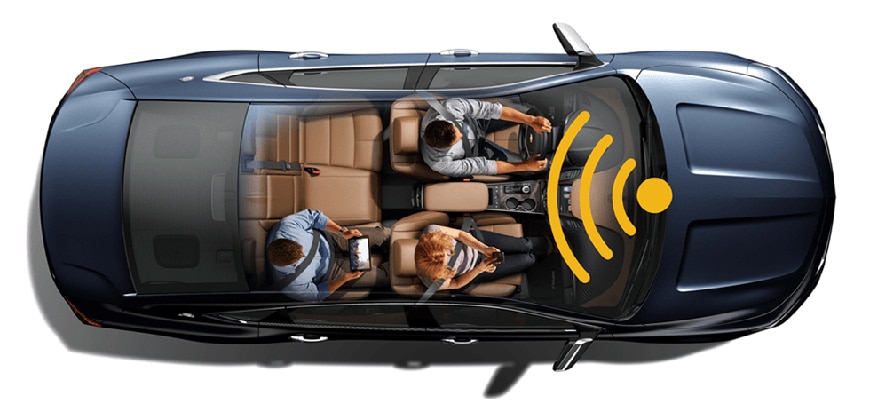Connecting Automobiles via Wi-Fi and Cellular Radio Frequencies Provides Endless Benefits
The benefits of cars with Wi-Fi and cellular connectivity reach beyond function and convenience as the consumer demand facilitates automakers to provide a vehicle with technology that keeps on rolling. With more connectivity in vehicles comes an increasing need for the networks to support these demands.
Smartphones have extended the massive technological advances in recent times, but have also pushed the average person to be so dependent on constant connections that the need for vehicles with connectivity has pushed automakers to take the technology and use it to their advantage. Vehicle maintenance is a whole new world with the recently added abilities to monitor the system inside and out, and send software updates as well as keep maintenance a positive experience. Recalls can be reduced, new features can be added, as well as complying with requirements for emergency call services.
Customers are very engaged in services such as maps, navigation, voice recognition, and entertainment, which all can be readily improved on an as-needed basis, and improvements can be as easily installed in their vehicle as a new app can be loaded onto a smartphone. The life of the vehicle is extended by so many aspects of this connectivity it is hard to comprehend the endless possibilities of this evolving technology.
Device mobility issues like network congestion and timeouts create an environment with an immense need for software updates and service monitoring to ensure the desired connectivity is thorough and fulfilling for the consumer. Automakers provide mostly constant reliable wireless connections from Mobile Network Operators who only allow devices approved to use the data networks. A push and pull effect comes into play as more data is pulled through these networks, the public pushes for bigger and better technology.
As the demands from the average driver are exceeded, so are the benefits to automakers, as well as the need for networks and providers to support these services. A few downsides are in the development, production, and manufacturing challenges that present themselves.
Protocols, testing, and partnering as well as manufacturing time constraints add virtual speedbumps that automakers must drive over. The end result advances the car industry into the “smart world”.
Article: “Amy Jones | HCTA”
Editor: “M. Danmole”
Image: “Chevrolet”





